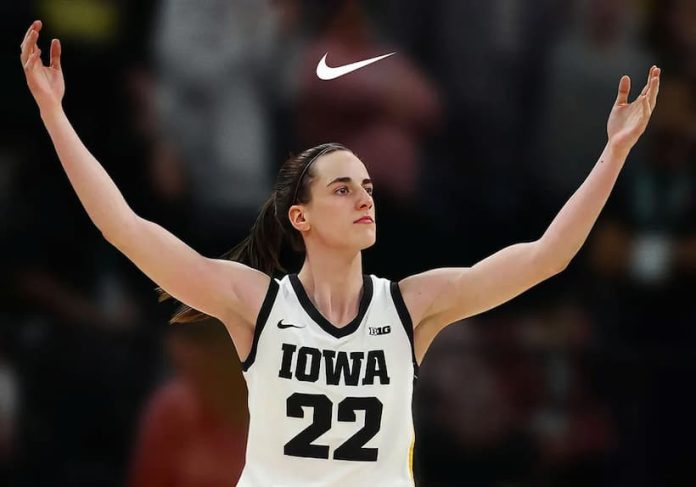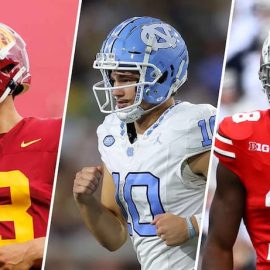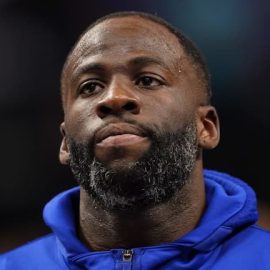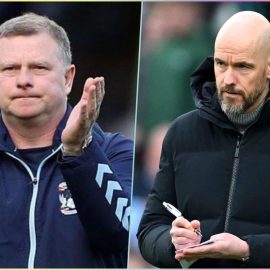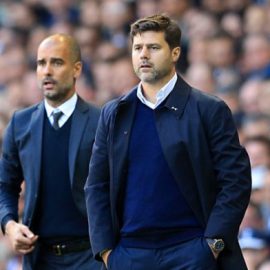It seems as if every other week this Major League Soccer column trumpets the league’s uniqueness as its most valuable asset and most challenging problem.
That opinion hinges on the single entity system which dictates that money, players and competitive integrity are controlled by MLS headquarters in New York City. In turn, the single entity model gives the league’s players one body with which to negotiate their terms of employment.
The current collective bargaining agreement (CBA) expires at the end of January and MLS and its players’ union must negotiate its successor.
At present negotiations are not going smoothly. Many of the players in MLS are paid salaries so paltry that they could pick up a better pay packet every month working on civvy street. It speaks volumes about their desire to play football but the difference between the majority of MLS players and the overpaid players in Europe’s top leagues is astounding.
With the CBA up for renewal the players have made clear their wishes and the league, in its wisdom, isn’t best pleased.
Major League Soccer’s players are well within their rights to hold out for better pay and working conditions. The current CBA has been in place since December 2004 and in the eyes of many observers the league has come on in leaps and bounds since then. The introduction of the designated player rule along with the tireless work of pro-MLS journalists and bloggers have raised its profile in foreign markets and matches are now available regularly on television screens in England.
The US game also appears to be undergoing a process of “footballisation”. The days of countdown clocks and ice hockey shoot-outs are over and the league is now an entirely legitimate, very recognisable football league. Its progress has been impressive and the players rightly want to have a say over the league’s direction and, most importantly for them, their own financial rewards. They’ve been crucial to the league’s development and, five years on from the previous CBA negotiations, MLS has more credibility and more respect than ever before.
And with the league growing and its reputation improving, the players are now considering the possibility of strike action at the beginning of the 2010 season. It’s an improbable possibility, but a possibility nonetheless. And it could deal a near-fatal blow for a league desperate to cash in on its progress in an unusually competitive domestic sports market. The National Hockey League survived similar action, but MLS is a young league. Momentum is key.
The Legacy of the 2004 CBA
Without putting too fine a point on it, too many of Major League Soccer’s players don’t earn the same kind of money they would do elsewhere in the footballing world, even in leagues which are smaller than MLS. While it is a side effect of a model which has worked well so far, it has left the league vulnerable to predatory teams elsewhere. Although it would be natural for the top players to be picked off by leagues with more prestige, poor European leagues are able to attract second tier players from MLS clubs. This should be of great concern to commissioner Don Garber.
The nature and level of the salary cap automatically values some players over others, but this effect has been worsened by the 2007 introduction of the Designated Players Rule. “The Beckham Rule” allows teams to sign cap-smashing players at a cap cost of just $415,000, providing they cover the rest of the player’s salary from their own coffers. As a result, there are players within MLS earning exceptionally well while others share apartments with one another.
The salary cap is now too small. Quite apart from the disparity between DPs and bottom-end players and the lobsided nature of the squads as a result, the cap is too restrictive for teams willing to go out on a limb and attract two flagship players. The best example at present is LA Galaxy. Bruce Arena’s side notoriously contains both David Beckham and Landon Donovan. Their relationship has thrived on the field this season but it’s costly. Beckham’s DP slot eats into the cap to the tune of $415,000 and Donovan earns a whopping $900,000. The Galaxy has had to build a squad totalling £2.3m in salary and it inevitably drives down the general quality.
That said, the right coach (i.e. not Ruud Gullit) can work within those restrictions and create an excellent team.
The trouble with low wages – even in a socialist’s dream league – is that players will look elsewhere to get themselves a better deal and better prospects. Popular US national team striker Charlie Davies has no background in MLS, plying his trade in Sweden before earning a move to French Ligue 1 outfit Sochaux in the summer of this year. Kenny Cooper left FC Dallas to play in the German second division mid-season in 2009 and will be followed to Europe by Chris Rolfe, who will leave Chicago Fire to join Aalborg in January.
2.Bundesliga, the Danish Superliga and the Swedish leagues are behind MLS in terms of prestige but players still go. The situation of Yura Movsisyan of Real Salt Lake is slightly different but he will be joining Rolfe in Denmark come January too. He’ll be a huge loss.
From 2009, the players want guaranteed contracts and Major League Soccer has rejected this out of hand. Only a handful of players currently have guaranteed contracts and others would appreciate the security.
The other sticking point is thought to be the players’ desire for free agency – that is, they want elements of the draft system scrapped to allow freer movement between teams. One outcome of this would be the necessity for teams to fight it out for desired players and the resulting offer and counter-offer dynamic which would serve to drive up salaries. If the league is to retain and attract star players in a free agency system an increase to the salary cap is almost certainly necessary.
Why the league must be flexible
MLS has been improving and progressing in recent years and is becoming established as a respected world league. It owes its development to the supporters and players, and to evolving management which is settling into its task nicely after fourteen years of on-field action.
In order for that progress to continue, MLS must reach into its pockets. The quality of players should be improved or maintained and at this stage in Major League Soccer’s life that means providing enough money to attract the necessary calibre of player to help the league step up to the next level. The existing players also need to be compensated relative to the league’s improved situation and that means the salary cap should be heavily boosted. Most pundits have spoken of a cap of $4m, but the league is talking in single-figure growth terms. This may well be a sticking point in the dispute over the coming weeks.
MLS would do well to be a little generous come January, because all of the players and commentators are making recommendations which will benefit the league in the long term. If MLS can afford to invest in its future, the time is now. Either way, I doubt strike action will be necessary come 2010.
Chris Nee writes at twofootedtackle and co-hosts the twofootedtackle Podcast.
Add Sportslens to your Google News Feed!
